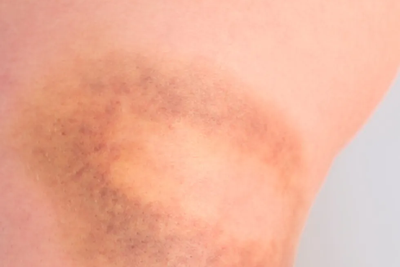What is von Willebrand disease (VWD)? It is the most common bleeding disorder in the United States, found in up to 1 percent of the population. Blood contains numerous proteins that help the body stop bleeding after medical procedures or injuries. One of these proteins is named von Willebrand factor (VWF). People with VWD have low levels of VWF or VWF that doesn't work properly, so their blood doesn't clot properly.
Though equally common in men and women, VWD symptoms can be more noticeable in women because of heavy bleeding during menstrual periods and after childbirth. The signs and symptoms of von Willebrand disease vary depending on the type and severity of the disease. VWD is almost always hereditary. If someone in your family has VWD or you have any of the following symptoms, talk to your health care professional:
- frequent or hard-to-stop nosebleeds that happen spontaneously, occur often (five times or more a year) or last longer than 10 minutes
- bruising that occurs after little or no trauma or injury, happens often (one to four times per month), is larger than a quarter or has a raised lump
- heavy menstrual periods that last more than seven days, include clots larger than a quarter, soak through a pad or tampon hourly or more often or result in a diagnosis of anemia
- longer than normal bleeding after injury, surgery, childbirth or dental work, such as bleeding lasting more than five minutes following a cut to the skin, heavy or extended bleeding during or after dental or other surgery or surgical bleeding that stops then starts again hours or days later
- heavy bleeding during or after childbirth
Other bleeding events in individuals with VWD include:
- blood in the stool from bleeding into the stomach or intestines
- blood in the urine from bleeding into the kidneys or bladder
- rarely, bleeding into joints or internal organs
See your health care professional if you or someone in your family has these symptoms. There are three types of VWD, and it's important to know which subtype you have, because each may require different treatment. VWD can be tricky to diagnose, but early diagnosis is important to ensure that you receive proper treatment and continue to live an active and fulfilling life.
This resource was developed with the support of CSL Behring.


